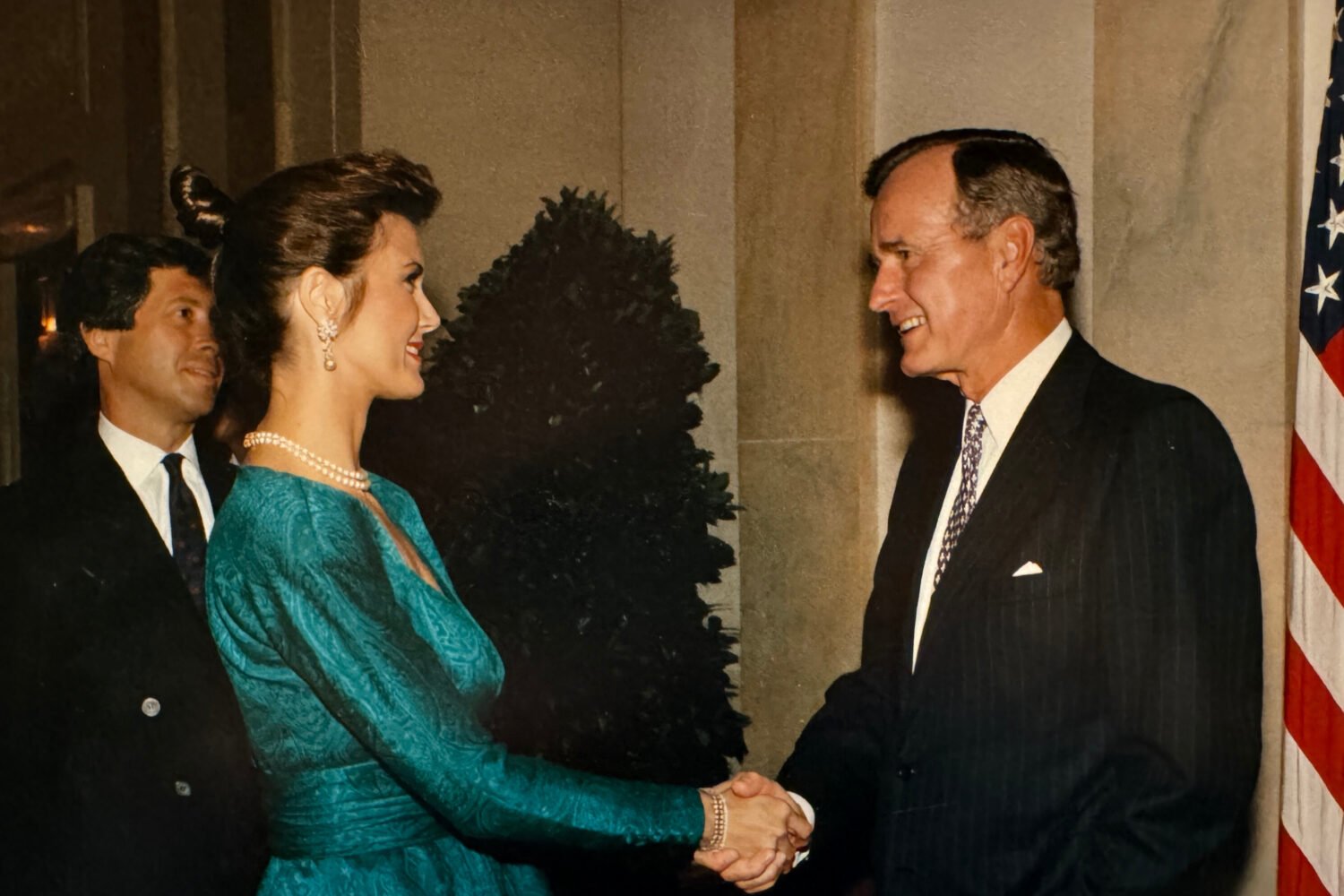I agonized over sand versus gravel as a substrate because this decision is fundamental to the health and aesthetic of your tank—and the fish people, they are divided. Sand, with its riverbed feel, can develop mold and gas pockets. These gases will kill your fish. Neon gravel has kitschy charm, but fish waste can lodge in it, begetting rot, producing toxic compounds, which also will kill your fish. Sunlight, hot water, cold water, too much food, not enough food, parasites, other fish—all these (and more!) will kill your tropical fish.
When I got an aquarium, I didn’t foresee the hours I’d spend online poring over threads about ammonia poisoning. I just thought fish would be nice to look at and effortless to keep alive. It’s not that I was too busy for a more labor-intensive pet; it’s that I seem hard-wired to run around as if I am. Dogs and cats come with nearly round-the-clock commitments, excuses to twirl the top that was already ending each day with the same incomplete to-do-list item: research meditation classes. Instead, I bought seven fish. The GloFish stayed together; the albino catfish appeared territorial; the glass-sucking pleco was perhaps too shy for the brutish scrum of feeding time. My pleco isn’t eating, I Googled. On advice from the fish forums, I shaved ribbons of cucumber into the tank.
I developed a routine: Perched on the sofa, I’d drink my morning coffee, mesmerized by the kaleidoscope as my fish meandered through the coral aquarium ornament, so palatial you could be forgiven for not noticing a guppy was missing. I think my pleco ate my guppy, I Googled. OF COURSE HE DID, came the replies.
The pleco wasn’t shy; he was homicidal. The tank wasn’t a kaleidoscope; it was a nightmare. I combed the guppy’s remains from the sand and rehomed his killer in a nearby river. Then it got worse. Small pearls dangled from the surviving guppy. The forums were unanimous: My fish had ich, a parasite that could be treated with medication. But not before it picked off the platy and the catfish.
I was learning fish aren’t easy to keep alive, but unexpectedly, I didn’t mind. The strips I bought to test the water’s composition were colorful, and reading the results reminded me of childhood science experiments. When I vacuumed the sand, the sound of the grains hitting the plastic sieve was soothing, like the clack of knitting needles.
Guppy looks pregnant but male dead. Here even the forums were silent, but I found a study that determined female guppies can store sperm for months. I waited for her gestational sac to stretch so thin that the eyes of the guppy fry would be visible. That day never arrived. The mother got caught in a net of hot-pink artificial coral, and I never saw her offspring’s unborn, or born, eyes.
I just thought fish would be nice to look at. I was right but naive. Every death hit me hard. I was a bad fish caretaker, yes, but I was enjoying getting better at it, borrowing library books, pressing my forehead against the glass to check for slowed breathing or swollen eyes—the tiniest indications they were unwell. Eventually, the ich came back for the remaining GloFish. The forums assured me they’d been sick before I bought them, but I still feel guilty. And miss them.
I used to drink my coffee scrolling Instagram, but watching the tank kept my whirlpool mind in the room. I once did chores with the Moana soundtrack blasting, but the percolating water pump had its own soothing rhythm. The fish didn’t bark or purr when I came home, but affection wasn’t what was missing from my life. They weren’t exactly time-consuming, but most of what they needed did slow me down. They tricked me into quieting my mind enough to really pay attention. They gave me an excuse to sit still and be mesmerized.
This article appears in the August 2019 issue of Washingtonian.

















